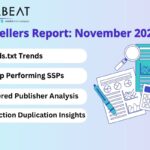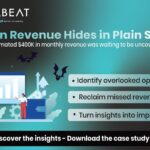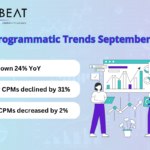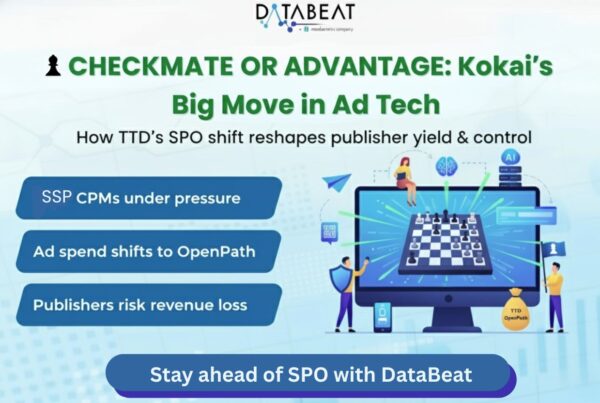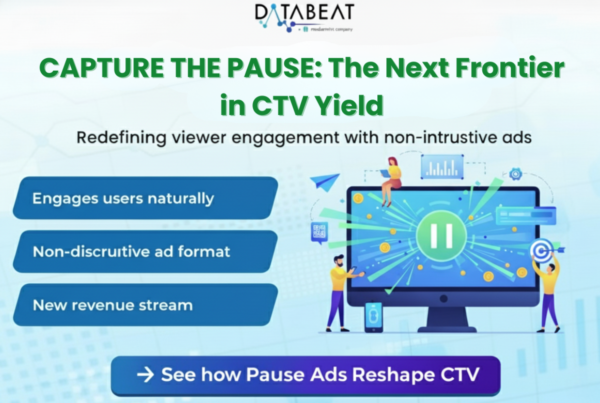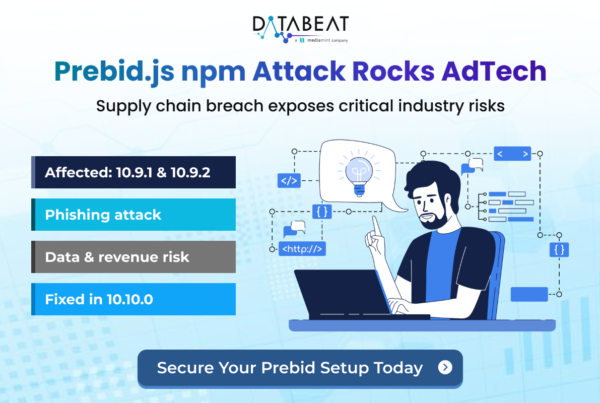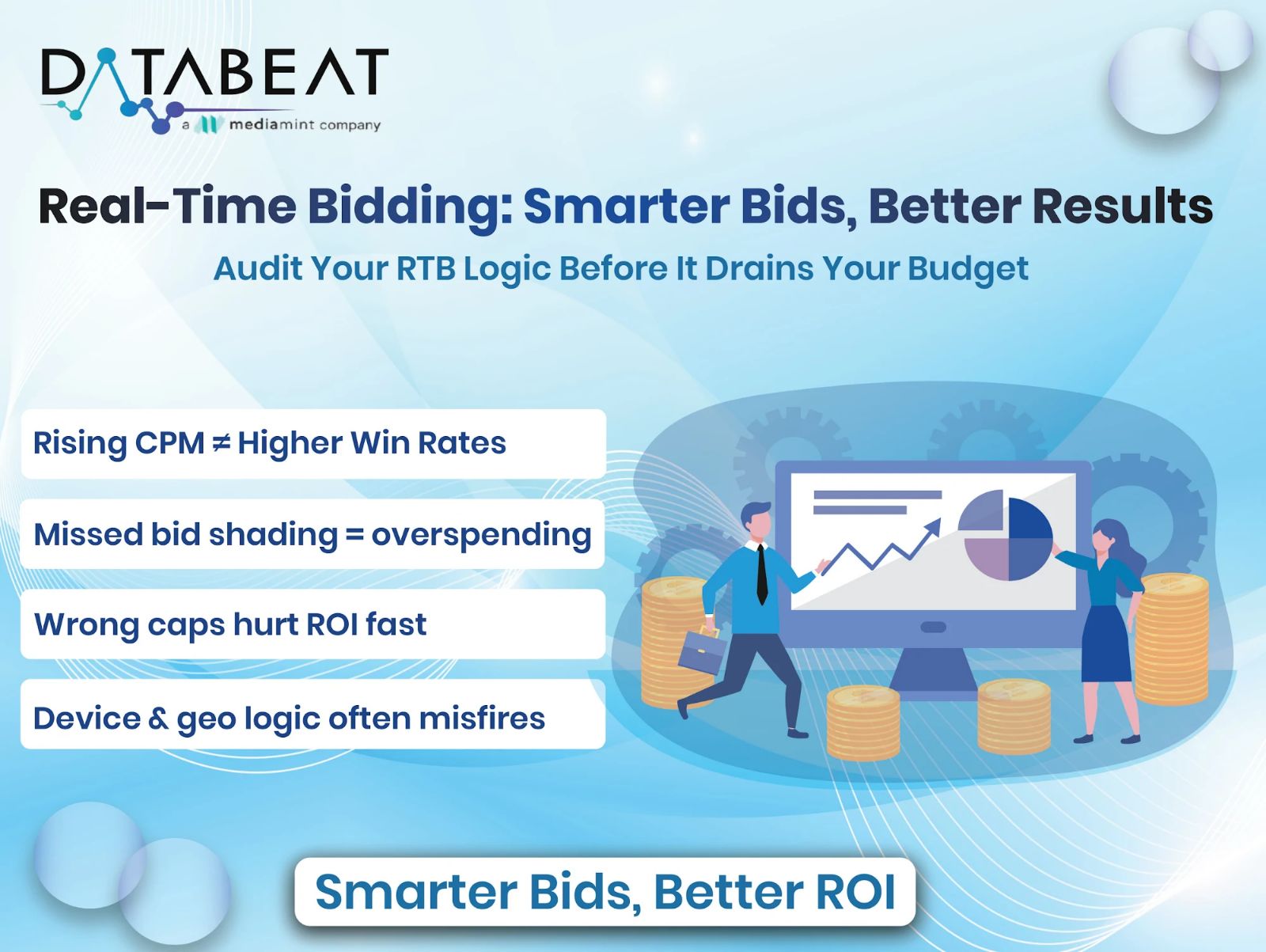
As digital advertising continues, the focus has turned towards Real-Time Bidding (RTB) within the display advert ecosystem. As ad budgets tighten in 2025, marketers find themselves under mounting pressure to make sure their bids accurately serve the worth of the impressions, while avoiding squander. But are you truly maximizing your RTB campaigns, or paying too much for display space? In this article, we’ll dissect how publishers can audit and optimize their bidding logic to provide cost-effectiveness in an increasingly crowded ecosystem.
RTB Efficiency Problem
In RTB, publishers bid on single ad impressions in milliseconds. While this provides flexibility and accuracy, it also leaves opportunities for inefficiencies:
- Bids can go above what’s required to win (a typical problem from first-price auctions)
- Algorithms could prefer quantity over value
- Lack of bid shading optimization results in overspending
- Incorrectly set frequency caps or targeting logic drive cost-per-acquisition (CPA) up
With platforms getting more and more complicated and margins narrowing, the default “set-it-and-forget-it” programmatic buying style is no longer sustainable.
Why It’s Hot: Budgets are Tight in 2025
As 2025 looks to be a year of ongoing economic volatility and stringent ad budgets, companies are under pressure to squeeze as much out of each advertising dollar. One hint of inefficiency in your RTB logic can result in extensive overpaying, which is unfriendly to your return on investment (ROI).
Here’s the bottom line: if you’re overpaying for impressions that aren’t even worth it, or under-spending on high-opportunity opportunities, you might be sacrificing much more than a few dollars. This can eventually cut into your margins, damaging the long-term health of your campaigns.
How to Audit Your RTB Bidding Logic
-
Compare Win Rate vs. CPM Trend
If your CPMs are rising but win rates are flat or declining, you’re likely overbidding. Pull logs from your Demand-Side Platform (DSP) and look for the “clearing price” (the actual price paid) vs. your bid.
Action: Adjust your bid modifiers or test bid caps to see if your win rate sustains at lower CPMs.
-
Review Bid Shading Settings
Since the majority of the exchanges are now first-price auctions, which allow bid shading—a strategy where the algorithm bids a tiny amount less than max to not overpay, becoming critical.
Action: Determine if your DSP has automated bid shading. If not, switch or implement manual logic.
-
Leverage Auction Insights from SSPs
If you have Supply-Side Platform (SSP) data or utilize platforms such as Jounce Media or Adalytics, apply it to benchmark others’ costs for equivalent inventory.
Action: Compare your second-price bid with your average bid across historical logs.
-
Audit Frequency Capping and Budget Allocation
An out-of-whack frequency cap will blow the budget without incremental ROI. For instance, contacting the same user 10 times per day usually doesn’t perform better than 3 – 4 times.
Action: Conduct a conversion lift test by exposure frequency to find out where to set the cap.
-
Device & Geo-Level Optimization
Your bid logic might not translate to true performance at device or geo level. Are you over-spending on mobile or Tier-1 geo impressions that don’t convert?
Action: Segregate spend and ROI by device, geo, and time-of-day. Optimize bid multipliers accordingly.
-
Re-evaluate Always-On Bidding
Always-on campaigns tend to pursue all impressions. But auctions are not the same, late-night or non-brand-safe inventory can eat up budgets.
Action: Utilize dayparting and quality filter. Use brand suitability controls from platforms such as IAS or DoubleVerify.
Optimization Isn’t Just a One-Time Exercise
RTB cost efficiency is a dynamic system. Periodic audits (e.g., monthly or quarterly) assure that your logic adapts with changes in the marketplace, user behavior, and tech platform. Think about A/B testing for changes in bidding logic, then codify what’s worked.
Why Now?
2025 has introduced tighter procurement control and performance-driven requirements for marketing. Reportedly, 67% of advertisers reported their budgets were flat or declined this year, and 74% claimed “performance accountability” was their greatest concern. Under these conditions, bidding smarter, rather than harder, is what distinguishes healthy campaigns from money-wasting ones.
Conclusion
With every ad dollar counted, neglecting bidding inefficiencies can quietly siphon your budget. Auditing and optimizing your RTB logic isn’t only intelligent, it’s essential. Minor adjustments can translate to significant savings and improved results. The objective is not merely to win impressions but to win them wisely.
How Can DataBeat Help?
DataBeat assists advertisers in exposing concealed inefficiencies in their real-time bidding approach. Through bid log auditing, win rate analysis, and DSP tuning, we make sure you’re not paying too much for non-value-generating impressions. Buyers work with our team to implement smarter bid logic, utilize bid shading, and optimize frequency caps to get more bang for each rupee or dollar spent. With our data-fueled solutions, brands can decrease wasteful spend, enhance return on ad spend (ROAS), and get more out of their programmatic display campaigns, even in lean-budget situations.


